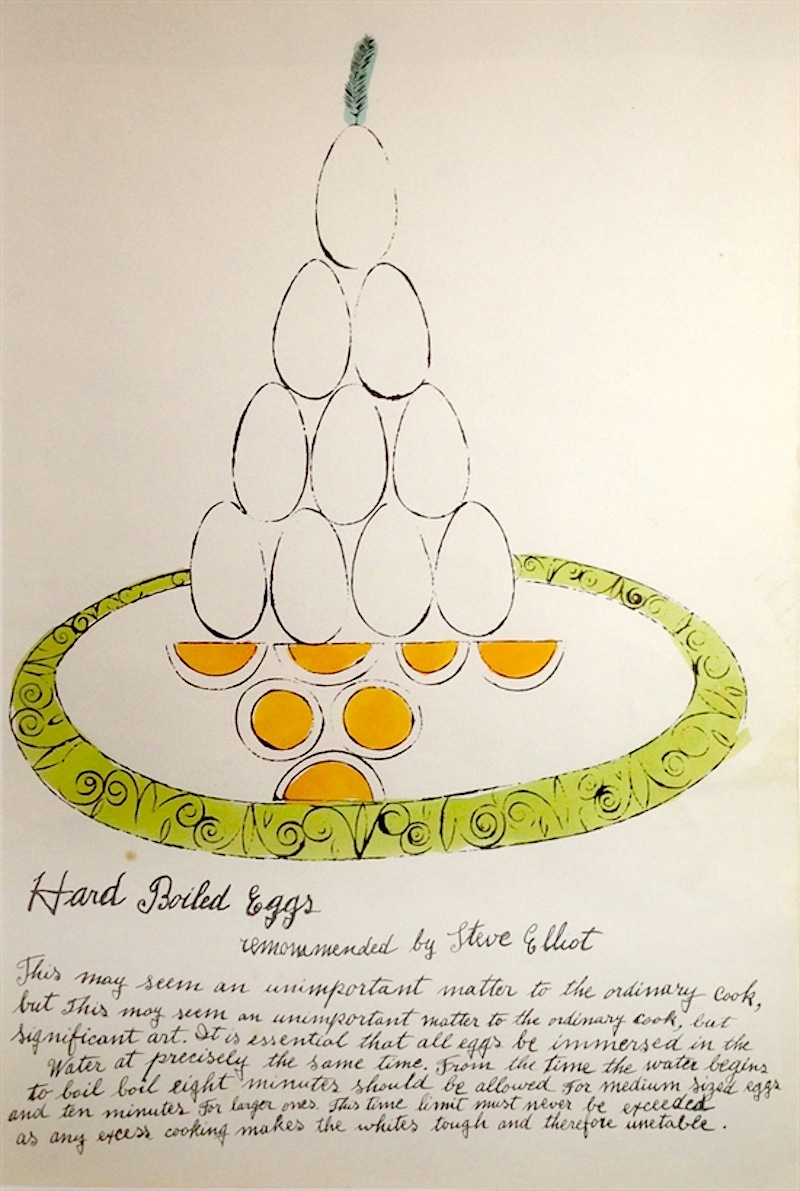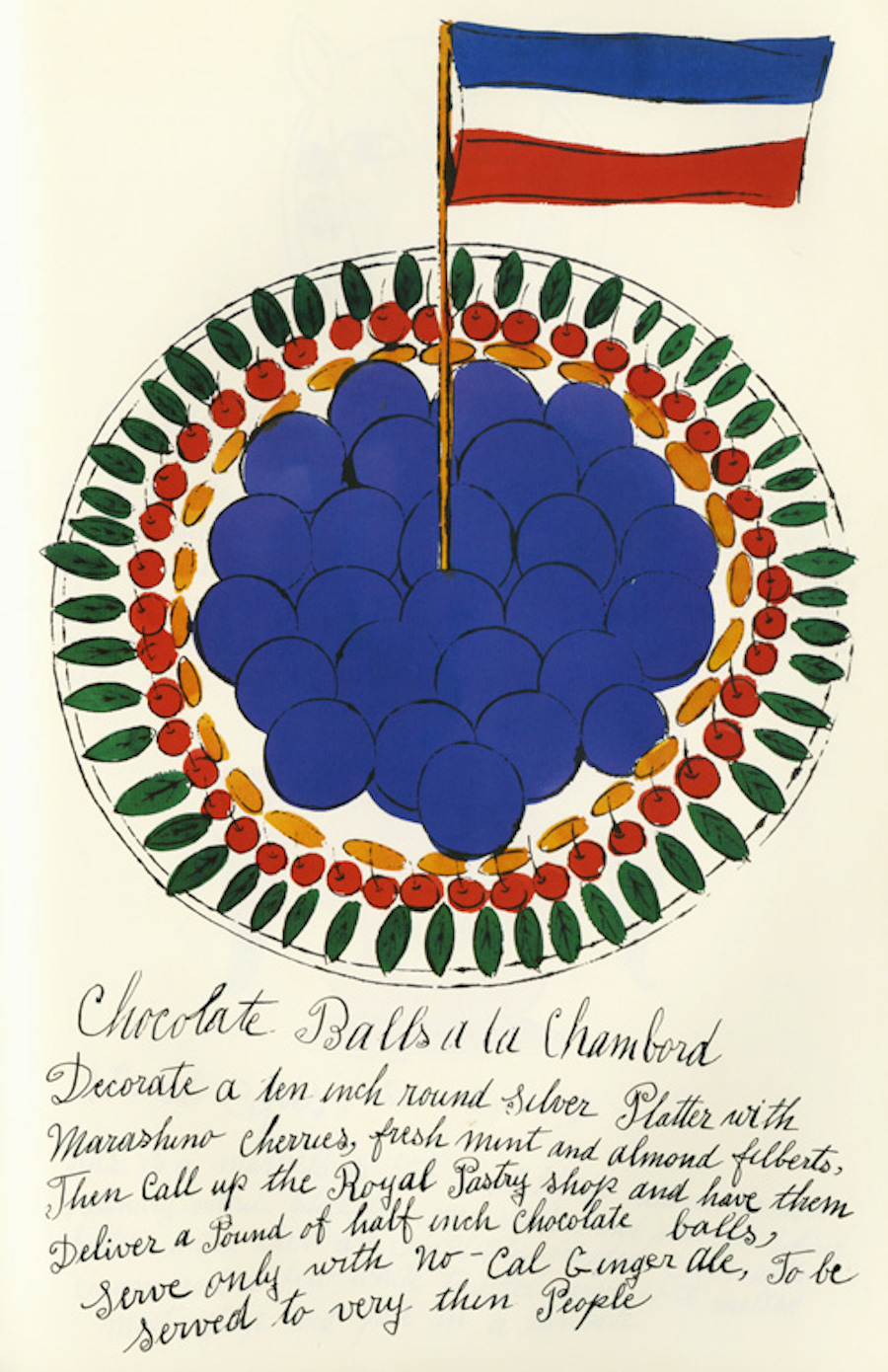In the summer of 1981, the British band Queen was recording tracks for their tenth studio album, Hot Space, at Mountain Studios in Montreux, Switzerland. As it happened, David Bowie had scheduled time at the same studio to record the title song for the movie Cat People. Before long, Bowie stopped by the Queen sessions and joined in. The original idea was that he would add backup vocals on the song “Cool Cat.” “David came in one night and we were playing other people’s songs for fun, just jamming,” says Queen drummer Roger Taylor in Mark Blake’s book Is This the Real Life?: The Untold Story of Freddie Mercury and Queen. “In the end, David said, ‘This is stupid, why don’t we just write one?’ ”
And so began a marathon session of nearly 24-hours–fueled, according to Blake, by wine and cocaine. Built around John Deacon’s distinctive bass line, the song was mostly written by Mercury and Bowie. Blake describes the scene, beginning with the recollections of Queen’s guitarist:
‘We felt our way through a backing track all together as an ensemble,’ recalled Brian May. ‘When the backing track was done, David said, “Okay, let’s each of us go in the vocal booth and sing how we think the melody should go–just off the top of our heads–and we’ll compile a vocal out of that.” And that’s what we did.’ Some of these improvisations, including Mercury’s memorable introductory scatting vocal, would endure on the finished track. Bowie also insisted that he and Mercury shouldn’t hear what the other had sung, swapping verses blind, which helped give the song its cut-and-paste feel.
“It was very hard,” said May in 2008, “because you already had four precocious boys and David, who was precocious enough for all of us. Passions ran very high. I found it very hard because I got so little of my own way. But David had a real vision and he took over the song lyrically.” The song was originally titled “People on Streets,” but Bowie wanted it changed to “Under Pressure.” When the time came to mix the song at Power Station studios in New York, Bowie insisted on being there. “It didn’t go too well,” Blake quotes Queen’s engineer Reinhold Mack as saying. “We spent all day and Bowie was like, ‘Do this, do that.’ In the end, I called Freddie and said, ‘I need help here,’ so Fred came in as a mediator.” Mercury and Bowie argued fiercely over the final mix.
At one point Bowie threatened to block the release of the song, but it was issued to the public on October 26, 1981 and eventually rose to number one on the British charts. It was later named the number 31 song on VH1’s list of the 100 greatest songs of the 1980s. “ ‘Under Pressure’ is a significant song for us,” May said in 2008, “and that is because of David and its lyrical content. I would have found that hard to admit in the old days, but I can admit it now.… But one day, I would love to sit down quietly on my own and re-mix it.”
After listening to the isolated vocal track above, you can hear the officially released 1981 mix below:
Note: An earlier version of this classic post appeared on our site in 2013.
Related Content:
Watch David Bowie & Annie Lennox in Rehearsal, Singing “Under Pressure,” with Queen (1992)
Watch Queen’s “Bohemian Rhapsody” Acted Out Literally as a Short Crime Film






